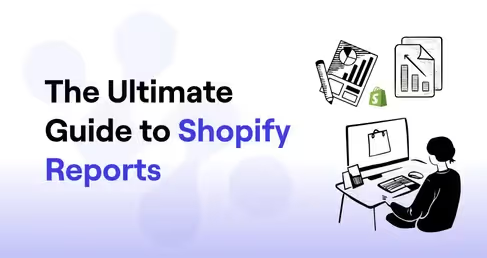Excel is currently the most flexible tool used in business. It has been around since the 1980s and continues to be the most essential data structure and analysis tool. It is an indispensable resource for personnel in IT, Finance, HR, Marketing, and virtually every other department imaginable. Let us have a conversation about its usefulness for our esteemed marketers.
Excel was used as a tool for data storage and organization. Over time, it became a tool for doing modest data calculations. Today, after several upgrades, it is recognized as a gateway into the realm of analytics. Let us accept the strength of this instrument and plunge into the realm of Excel-based marketing analytics with this post. This article will help to demonstrate the power of Excel in data analytics.
What does Excel do?
It is true that huge organizations have abandoned spreadsheets for enormous data sets, yet spreadsheets are still utilized for everyday tasks. In its most fundamental form, each cell in Excel contains data points. To facilitate viewing and organizing, exports of raw data, sales dates, SKUs, and units sold are inserted (or imported) into a spreadsheet. An effective Excel spreadsheet will arrange unstructured data into a format that makes it simpler to extract insights that can be put into action. Excel allows you to define fields and functions that perform computations with more sophisticated data. Even with bigger data sets, segmented data may be examined and viewed more thoroughly without the need for additional tools. Determine hypothetical profit margins or budgets for departments. While it cannot create a complete data product on its own, it may provide easy-to-read graphics and precise computations. If you are considering a career as an analyst or need to work with data to create a report, analytics is not the simplest procedure to learn in a single sitting. Use data spreadsheets as a little representation of a bigger data endeavor.
- What is the intent? Overview? What insights do you require?
- Where does the data originate? What exports and imports are required?
- Does the data require translation?
- What obstacles exist? Limitations?
How do you get your conclusions? Which post-analysis choices must be made?
Excel is an excellent starting point for context, but a true big data project requires far more people, expertise, and degree of detail.
What benefits does Data Analysis provide for Sales and Marketing?
Information Analysis will provide additional insights used to boost advertising activities. Be it their budgetary allocations, their interest group, or geology. Let us consider the following scenario: a marketing administrator is arranging a paid assignment on Google. Based on keyword trends, reverberation rates on the landing page, and the number of leads that will be generated from these clicks, he will have a good idea of how many clicks the promotion will generate within a certain time frame. An exhaustive data analysis will reveal the average income/benefits that will be generated by this project, enabling him to easily determine ROI, adjust advertising budgets as necessary, and establish benchmarks for each project.
How to Conduct Data Analysis in Microsoft Excel
Let us discuss the well-known features and functions of Microsoft Excel that are commonly employed by business professionals for data analysis in Excel.
Turn Tables
Turn tables allow you to extract relevant information from a massive dataset. This is considered the most effective method for analyzing information. You may embed a Pivot Table and then move fields, sort, filter, or modify the summary calculation. You may also create a Two-Layer Pivot Table. Group Pivot Table Items, Multi-level Pivot Table, Frequency Distribution, Pivot Chart, Slicers, Update Pivot Table, Calculated Field/Item, and Get-Pivot-Data are useful capabilities.
What-if Evaluation
Consider the possibility that Analysis facilitates the exploration of many routes pertaining to a variety of scenarios involving values or equations. Excel's What-if analysis is initiated by clicking on the What-if button. After entering details about the anticipated circumstance, click the Outline button. Under this capability, you may also explore Data Tables, Quadratic Equation, and Goal Seek.
Limiting Formatting
The Conditional Formatting feature lets highlight cells with a distinct color based on the value assigned to it. Contingent planning is useful for managing rules, information bars, color scales, symbol sets, observe copies, concealing substitute columns, examining two documents, conflicting rules, the agenda, and Marketing Professionals.
Diagrams
A chart is more useful than a sheet since it displays information in several ways and is extremely easy to create. You can create an outline, alter the graph type, adjust the line or segment, legend location, and information markings. Column Chart, Line Chart, Pie Chart, Bar Chart, Area Chart, Scatter Plot, Data Series, Axes, Chart Sheet Trendline, Error Bars, Sparklines, Combination Chart, Gauge Chart, Thermometer Chart, Gantt Chart, and Pareto Chart are some of the many types of outlines in Microsoft Excel.
Sort and Filter
Sorting and filtering are the most frequently used Excel functions. Within segments, it should be able to arrange in ascending or descending order. List arrangement should be feasible via shading, inversion, or randomization. Channels are utilized to display information that conforms to models. Number and Text Filters, Date Filters, an Advanced Filter, a Data Form, Remove Duplicates, Outlining Data, and Subtotal are all available.
Vlookup and Hlookup
Examiners rely on Vlookup and Hlookup to notice a value in a data collection and get other attributes linked to it. It is frequently used by information analysts to connect and consolidate vital data from several dominant Marketing Professionals.
Can Excel be Used for Complex Data Analysis?
Excel has the capability to do predictive analytics using plugins. For complex data analysis, the add-ons in Excel will centralize all your complex business formulas and calculations from multiple systems in one sheet, view, or graph. Having all your data in one centralized place and detailed, customizable dashboards enable you to easily compare, measure, and analyze complex data so that you can make informed business decisions.
A company may sell its products and services in multiple countries. It uses eCommerce platforms for its Online Stores. They have different marketing platforms, payment gateways, inventories, logistic channels, and target audiences in each country. Hence, businesses are bound to use several tools and applications for each job to be done.
For a simple calculation of profit, whereProfits/Losses = Sales – Expenses
The sales data will come from eCommerce sites, Expenses from the marketing costs on the platforms like Google AdWords, and Facebook Ads. There can be other expenses like purchasing stock which might come from inventory management platforms like Olabi, which further need to be added to all other expenses occurred that is usually present in accounting software like FreshBooks. Additionally, there will be different data silos for each country. Thus, you must pull all these data from multiple platforms for each country separately in Excel, and then analyze all this data together with the expense data and calculate profits. It involves a lot of working hours which cost money, and there is usually a time lag involved, which reduces the accuracy of the analysis and its effectiveness as the data is not analyzed in real-time. Thus, it becomes necessary to consolidate all the data in a data warehouse using a data pipeline.
Daton is a modern cloud data pipeline designed to replicate data to a cloud data warehouse with the utmost ease. Daton, our eCommerce-focused data pipeline, has built-in support for more than 100 applications, databases, files, cloud storage, analytics, CRM, Customer support, and many others. Analysts can replicate data from any source to any destination (BigQuery, Snowflake, Redshift), without writing a single line of code and in a matter of minutes.












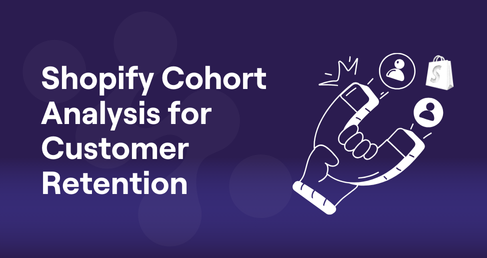
.png)

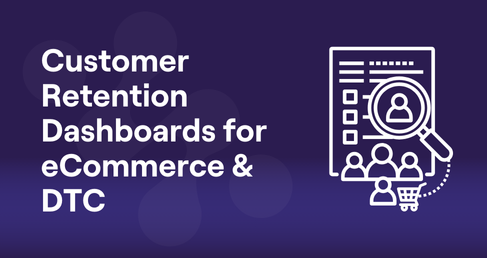
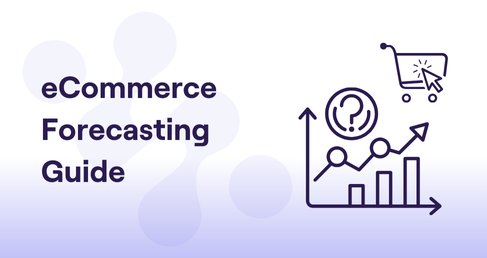
.png)


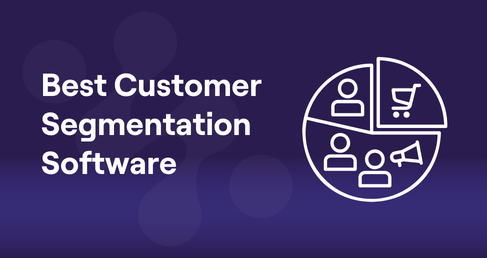


.png)
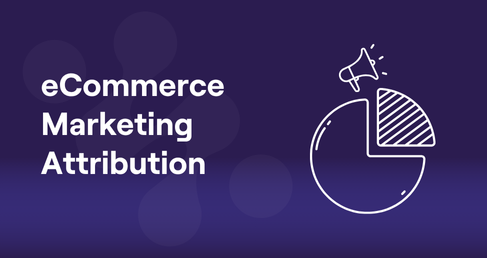




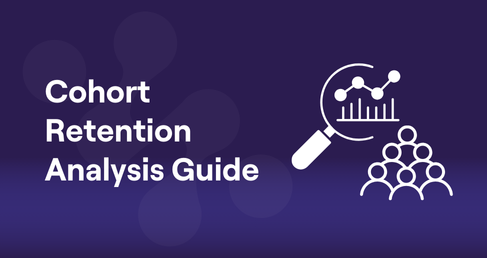
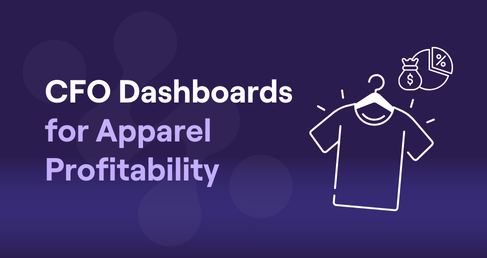


.webp)

.avif)


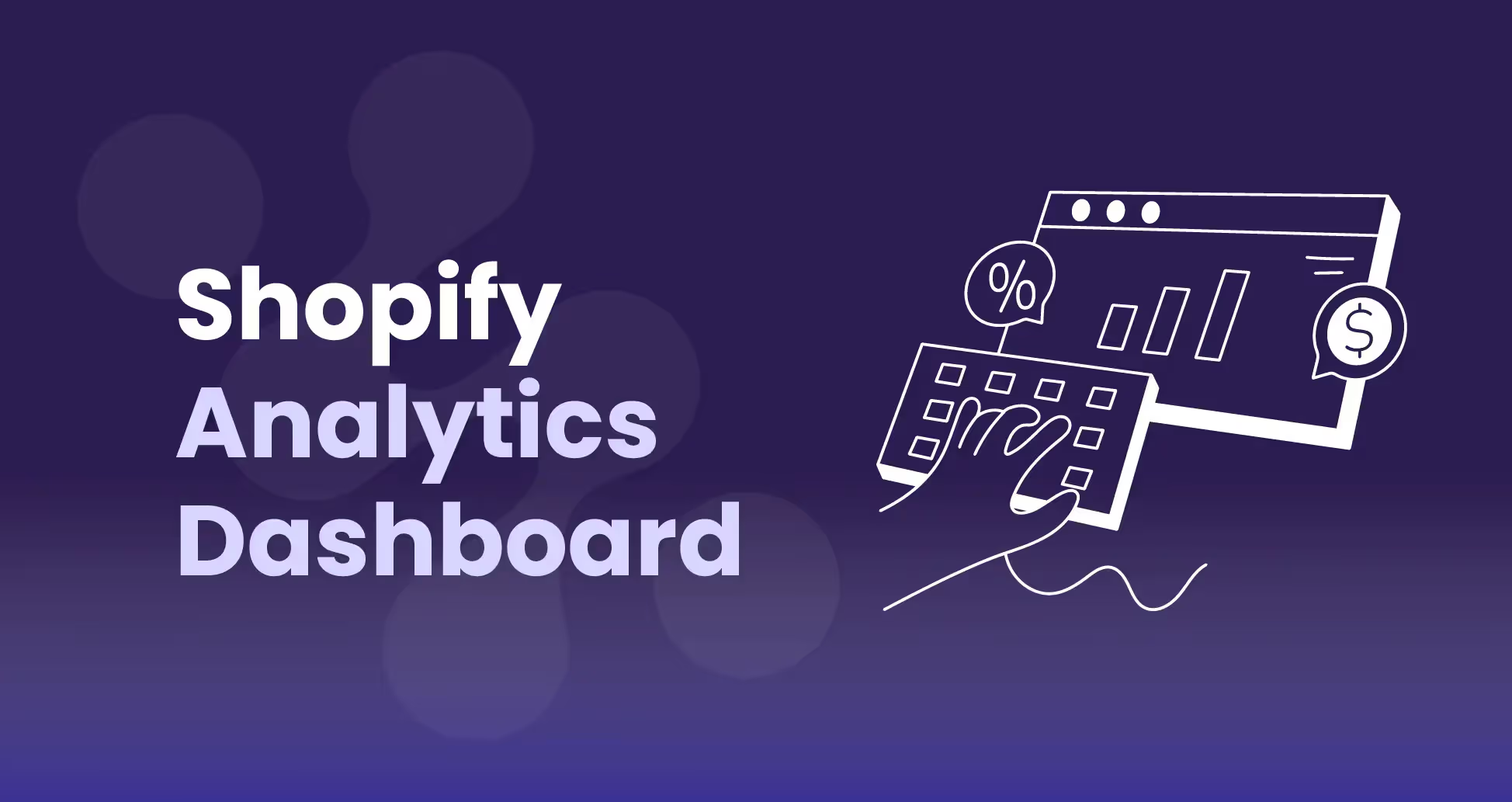
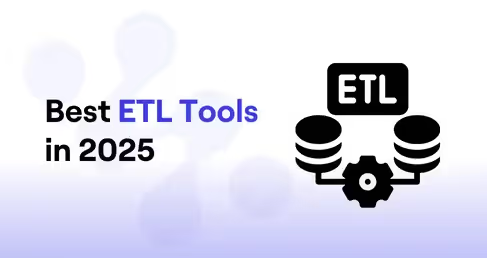


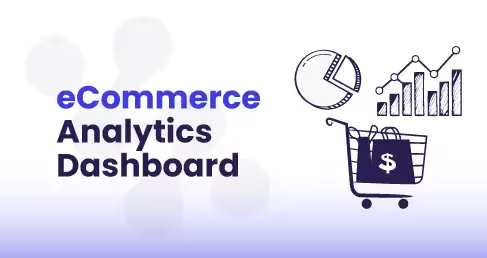

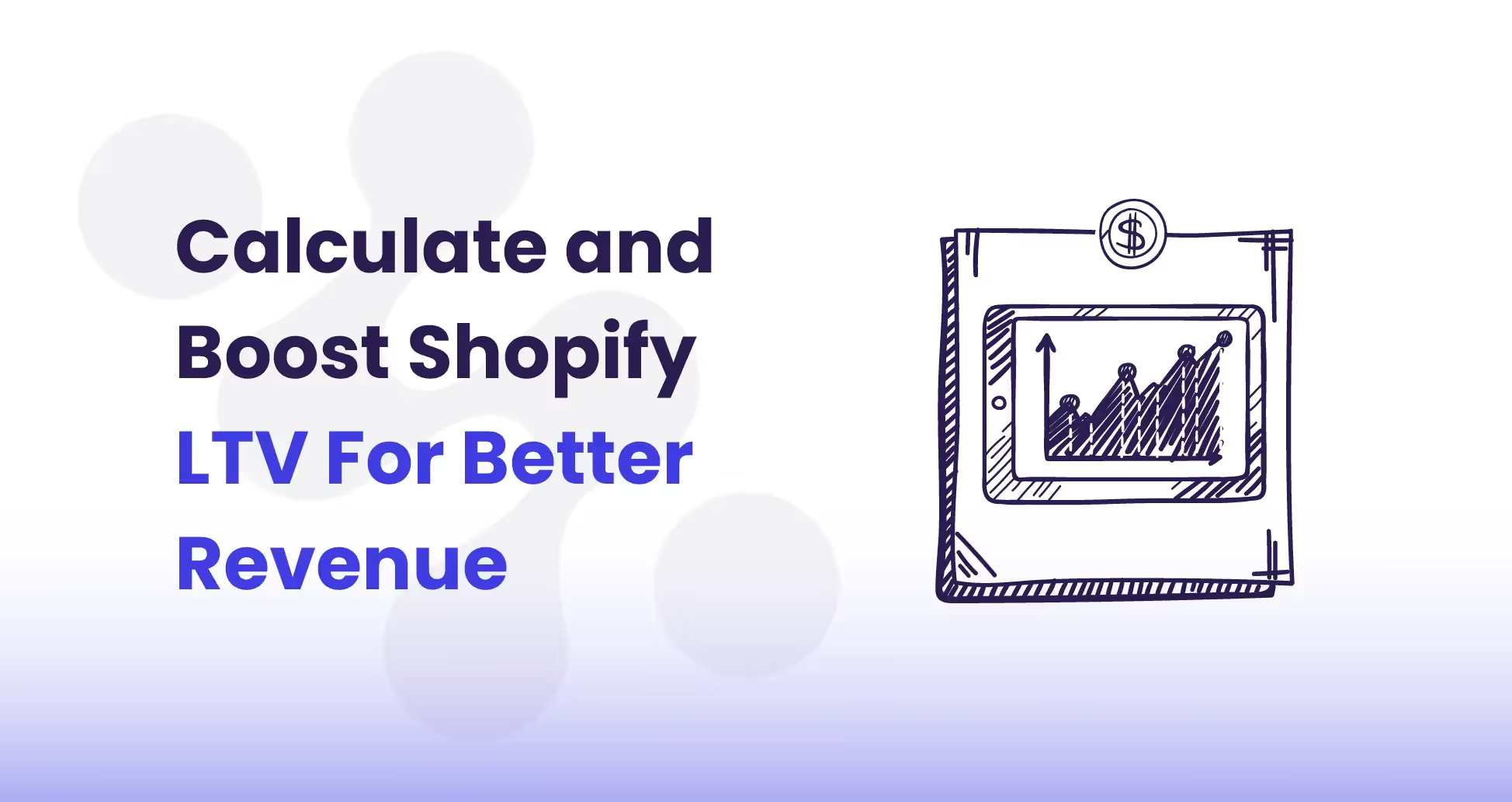
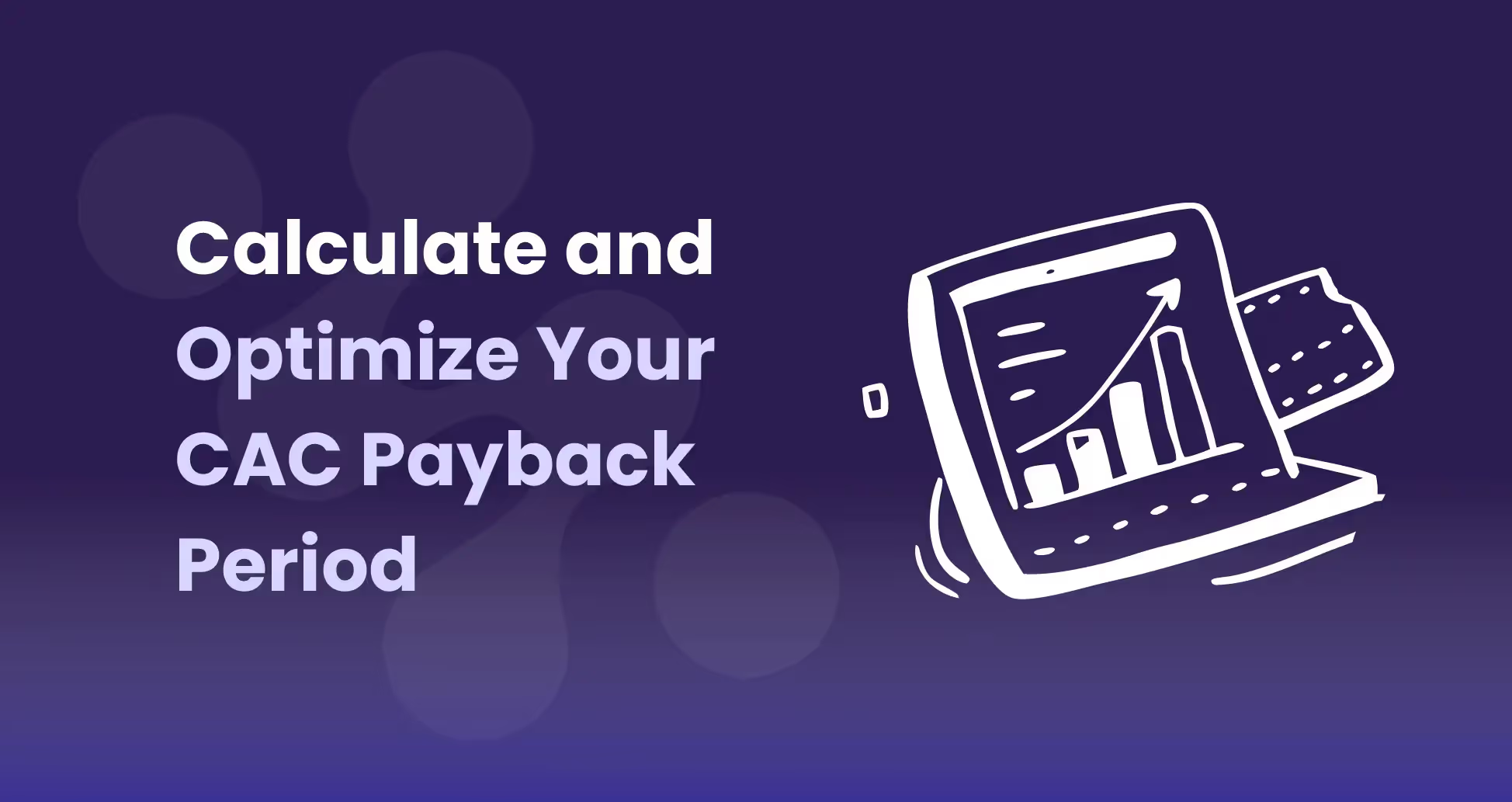

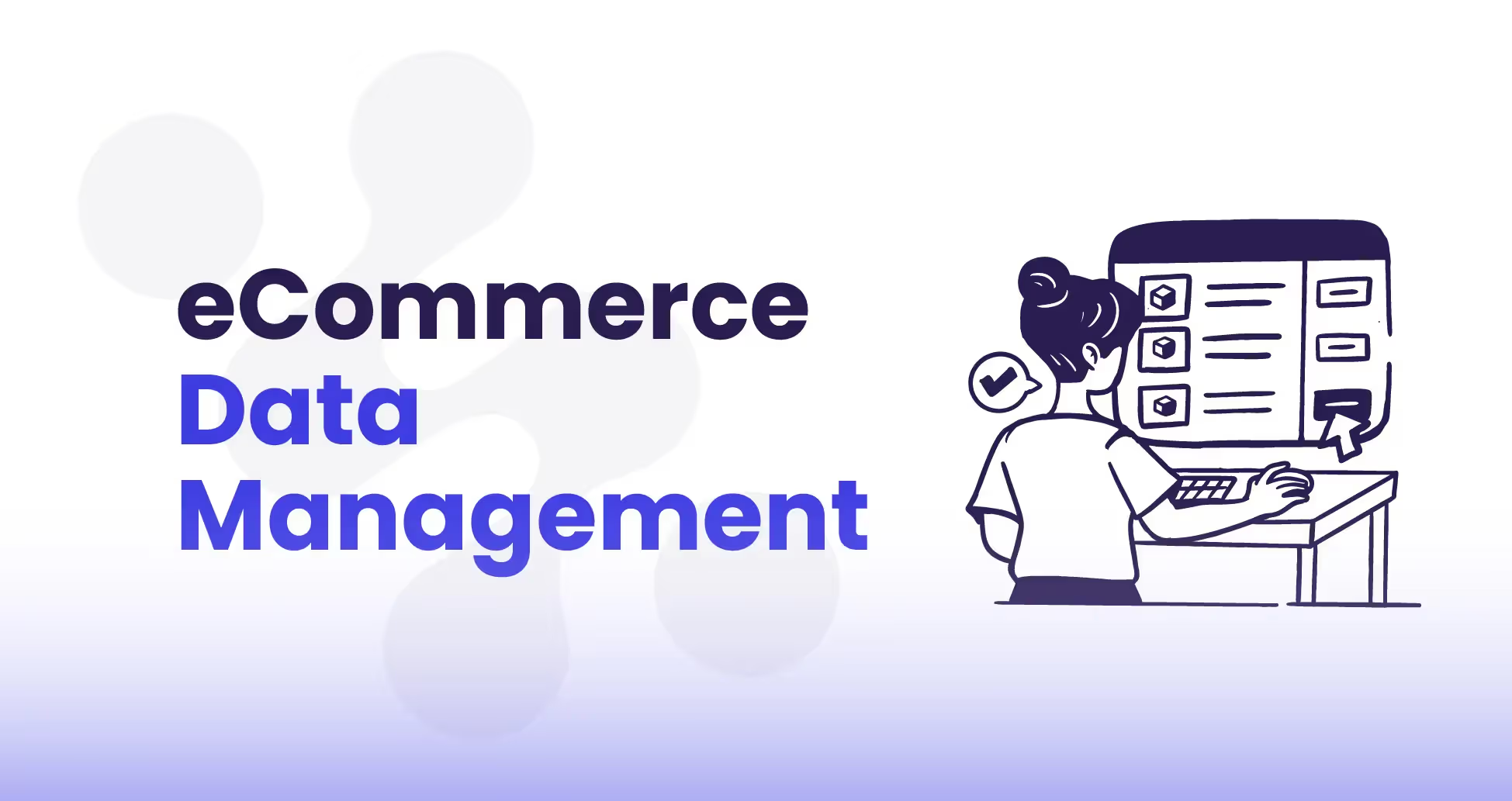
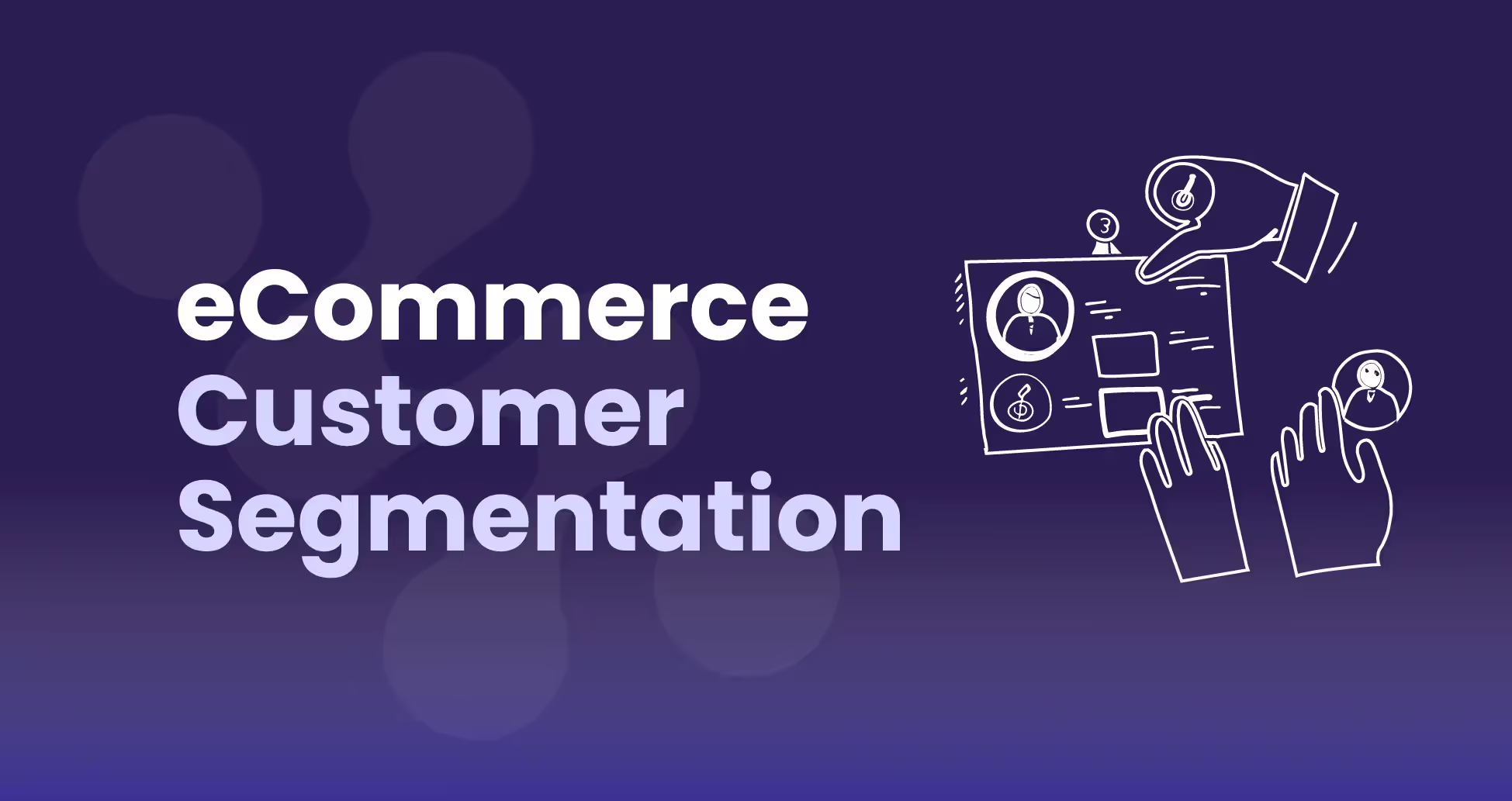

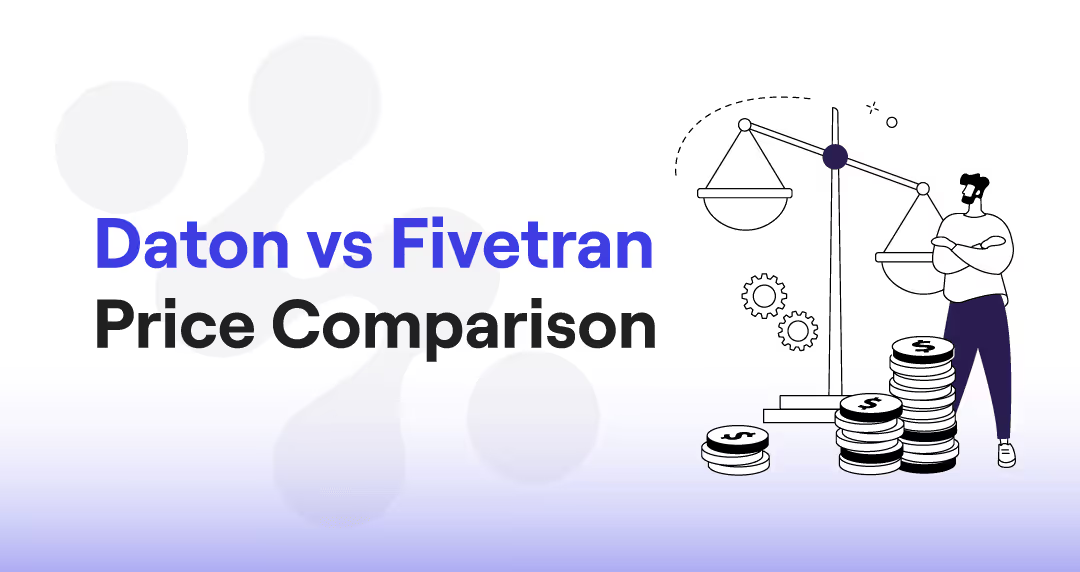

.avif)

.avif)
.avif)
.avif)
.avif)
%20(1).avif)
.avif)
%20(1).avif)
%20(1).avif)





.avif)





.avif)

